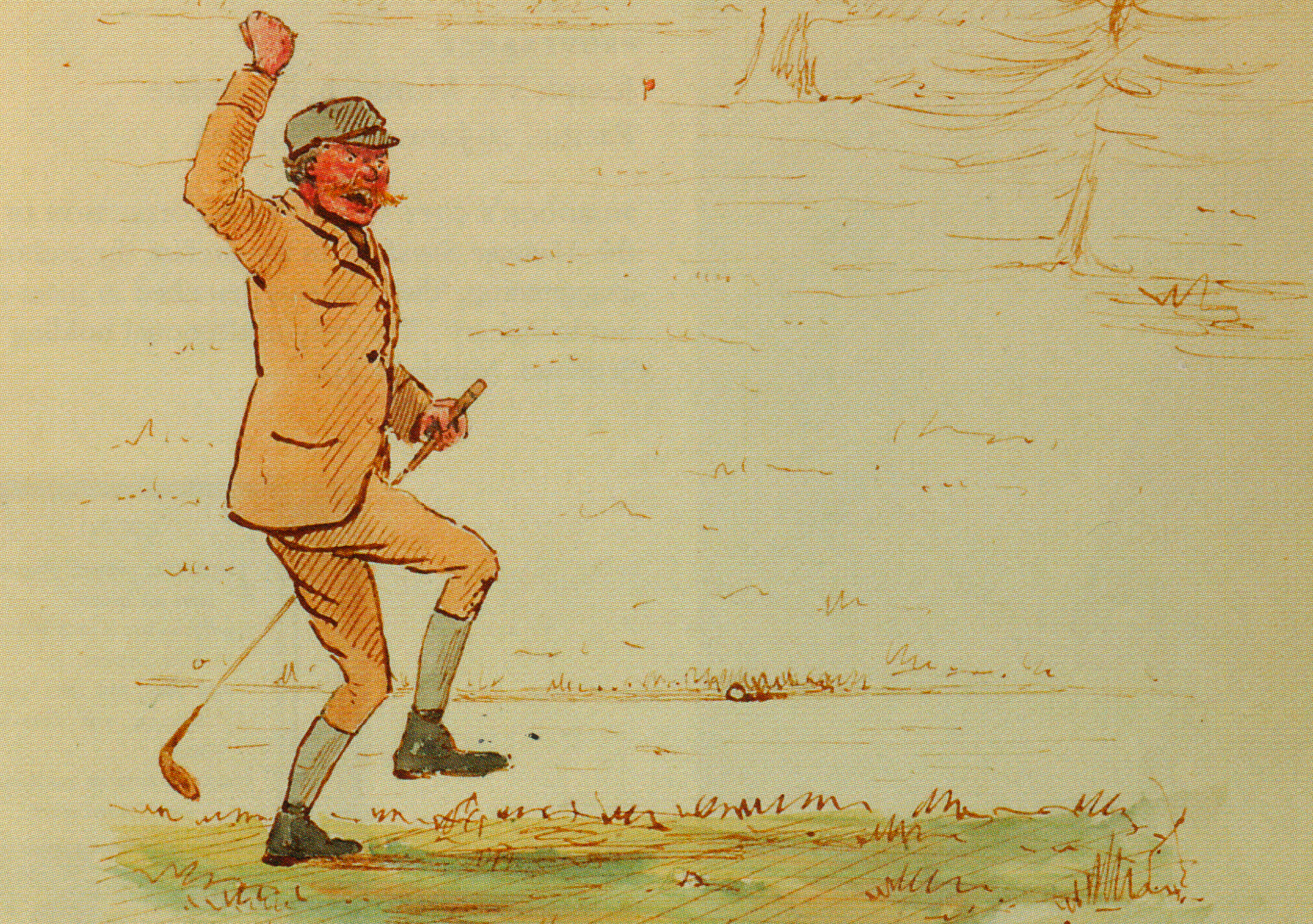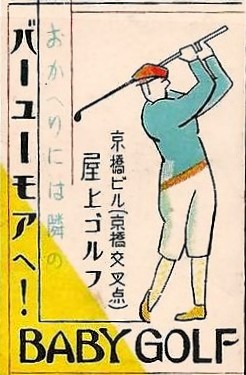18. Golf reminds you of your mortality. Like life, a round of golf begins in easy optimism, progresses through a lengthy middle period in which hope and despair are mingled, deteriorates into regret, confusion, and resignation, and comes abruptly to an end. Teeing off on the tenth hole, I usually find myself feeling pretty much the way I did when I turned thirty-five: Hey, what happened to the first nine? Then: Oh, well, maybe I’ll birdie in. Being reminded of one’s mortality is good for one’s game. If you knew you were going to live forever, how hard do you think you would work on your putting?

Still, what is finally fascinating and appealing about golf is not its similarity to life but its differences from it. Unlike life, golf has rules, internationally recognized governing bodies, and a clearly defined purpose. When people say that golf is like life — or, in extreme cases, that golf is life — what they really mean is that they wish life were more golflike than it actually is. Golf is life simplified and improved. Golf would be truly like life only if, as John Updike once wrote, “some players were using tennis rackets and hockey pucks, some were teeing off backward from the green to the tee, and some thought the object of the game was to spear other players with the flagsticks.” In the end, the game is really just a game. Its tragedies are ephemeral, its victories are artificial, and the pro overcharges for balls.
Hmmm. Like life after all.
You can read the other 17 reasons here.



